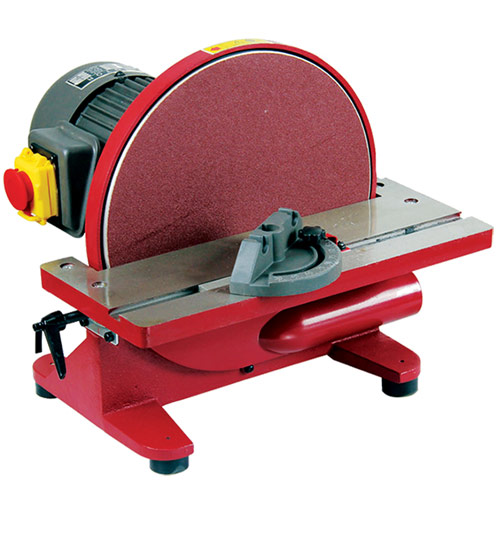Maintenance and Storage
Proper Storage Conditions
Environmental Requirements
| Parameter | Requirement | Impact if Exceeded |
|---|---|---|
| Temperature | 10-25°C (50-77°F) | Adhesive degradation |
| Humidity | <50% RH | Moisture absorption |
| Light Exposure | Dark storage | UV degradation |
| Air Circulation | Good ventilation | Moisture buildup |
| Physical Protection | Flat, clean surface | Warping, contamination |
Storage Best Practices
-
Stacking Method:
- Store flat with backing material up
- Use divider sheets between discs
- Limit stack height to prevent warping
- Never bend or fold discs
-
Container Selection:
- Use original packaging when possible
- Ensure clean, dry containers
- Avoid metal containers (condensation)
- Label with date and specifications
-
Rotation System:
- First in, first out (FIFO) usage
- Regular inventory checks
- Track purchase and usage dates
- Monitor for shelf life expiration
Shelf Life and Quality Control
| Backing Material | Typical Shelf Life | Storage Temperature | Key Degradation Signs |
|---|---|---|---|
| Paper Backing | 3-5 years | 15-20°C | Brittleness, discoloration |
| Cloth Backing | 5-7 years | 10-25°C | Fiber separation, adhesive failure |
| Fiber Backing | 7-10 years | 5-30°C | Cracking, delamination |
| PSA (Adhesive) | 2-3 years | 15-20°C | Reduced tack, oozing |
Quality Assessment Tests
- Visual inspection: Color consistency
- Flexibility test: Bend without cracking
- Adhesion test: Proper mounting
- Performance test: Small sample use
- Dust test: Minimal shedding
- Cut test: Clean cutting action
Disposal Guidelines
- Check local regulations
- Separate by material type
- Remove from backing if possible
- Avoid incineration of synthetic materials
- Used discs may contain hazardous materials
Recycling Options
- Paper backing: Standard recycling
- Cloth backing: Textile recycling
- Aluminum oxide: Abrasive recycling
- Check with suppliers for programs













